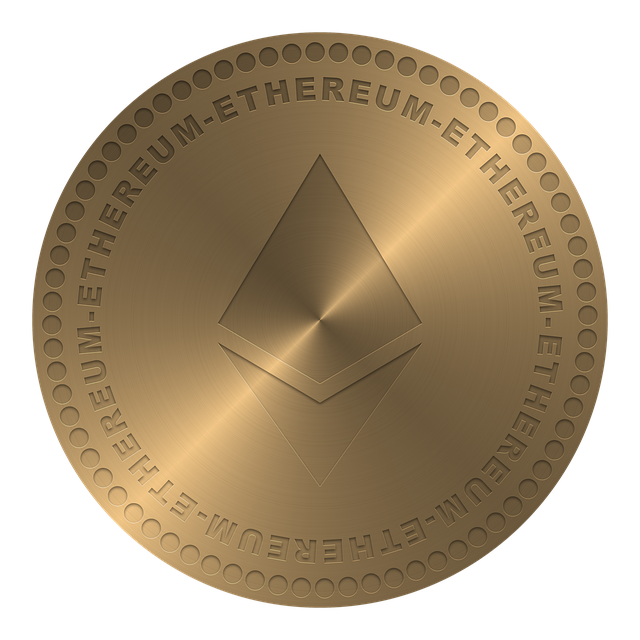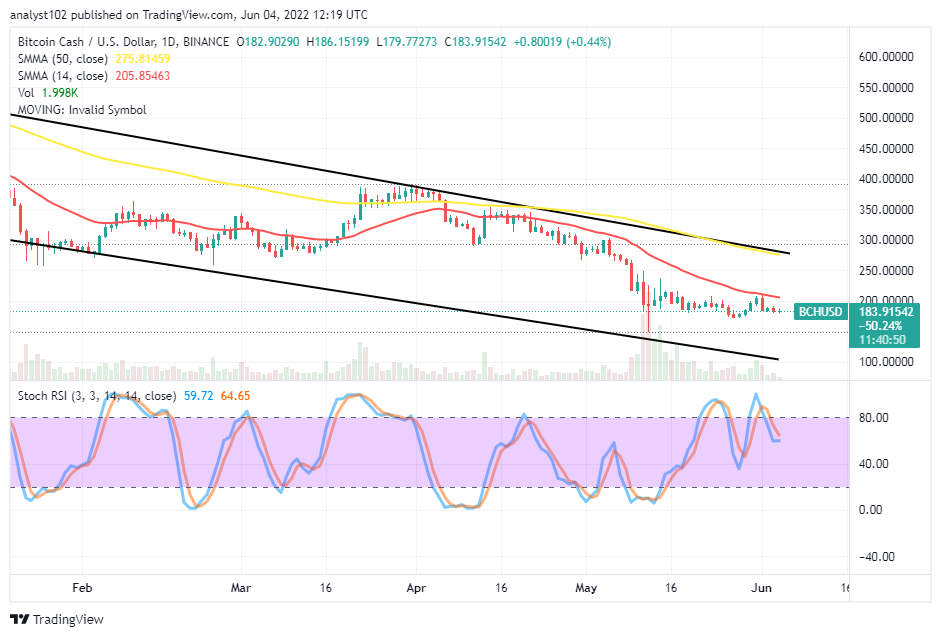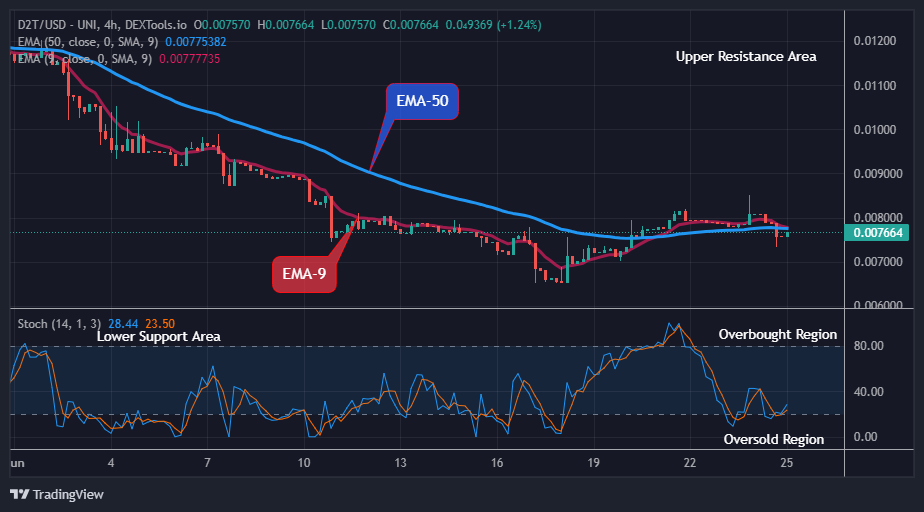Exploring the Role of Ethereum in Preventing the Hoarding of Stolen Artifacts by Museums: Insights from Researchers
Don’t invest unless you’re prepared to lose all the money you invest. This is a high-risk investment and you are unlikely to be protected if something goes wrong. Take 2 minutes to learn more

Researchers are in the process of developing an Ethereum-based blockchain tool named Salsal, aimed at aiding museums and cultural institutions in effectively organizing and monitoring their invaluable historical collections.
Over a span of approximately two years, Mark Altaweel, a professor in the archeology department at the University College of London, has been collaboratively working on Salsal with colleagues from Abu Dhabi University.
Altaweel has emphasized that integrating history onto the blockchain serves as a foundational step towards the “decolonization of museums” and reclaiming historical narratives.
In an interview with Blockworks, he explained, “Blockchain… presents a decentralized approach to dealing with and managing heritage. With expertise shared by various individuals, participation in these networks becomes possible.”
The pivotal factor for Salsal’s widespread adoption hinges on expertise. Museums and collectors would upload their assortments of historical artifacts onto the Salsal blockchain. Subsequently, specialists, such as archaeologists, would meticulously assess each artifact to ascertain its condition, origin, and whether its acquisition was legal.
Experts on the Salsal network, constructed as a partially-private iteration of Ethereum, will adhere to the Museum Association’s sliding scale rating system. This rating mechanism employs a scale from one to five. A rating of one indicates that both the collection and/or items were acquired lawfully and ethically, with extensive documentation. Conversely, a rating of five denotes that the items possess compelling evidence of illicit acquisition, according to Salsal’s white paper.
Upon substantiating a collection’s ethical and legal authenticity, complemented by sufficient documentation to credibly validate the origins of its components, “the collector can subsequently transform their collection into NFTs.”
The NFT sector of the Salsal network will constitute the publicly accessible facet of the blockchain, enabling visibility and acquisition. This has the added advantage of financially supporting both museums and collectors.
Altaweel elucidated, “Cultural institutions often encounter challenges in fundraising. The NFTs serve as incentives to engage individuals and contribute.”
However, concerns arose among Altaweel and his associates that this incentive could inadvertently benefit illicit collections. Consequently, they have excluded the option for items falling below experts’ standards to be converted into NFTs.
Furthermore, Altaweel aspires to exhibit all the received collections—including those assigned a five star rating—on the blockchain to uphold transparency. This approach also serves as a strategy to hold museums accountable for retaining historically significant items obtained through questionable ethical means.
Several allegations have targeted the British Museum in London for harboring looted artifacts, some stemming from colonial conquests during the British Empire era. Notable instances encompass the Benin Bronzes from Nigeria, the Parthenon Marbles from Greece, and the Rosetta Stone from Egypt.
Both the governments of Nigeria and Greece have previously requested the repatriation of these invaluable items. In October 2022, a group of distinguished Egyptian archaeologists demanded the return of the Rosetta Stone.
Salsal encompasses another inherent use case: to establish an ongoing, immutable record of collections housed in museums across the globe.
Altaweel illustrated this by citing the Baghdad Museum in Iraq, which fell victim to looting during the US invasion of the city in 2003, an event entwined with the US’ war on terror. In anticipation of turmoil, the museum staff evacuated the premises two days ahead of the invasion, inadvertently enabling thieves to freely roam the halls and seize whatever they desired.
By 2018, a University of Sydney analysis revealed that a staggering 15,000 objects had been stolen from the museum. While a portion—7,000 items—has since been recovered, over 8,000 items remain unaccounted for, among them millennia-old artifacts from the earliest Middle Eastern sites.
Altaweel envisions that a tool akin to Salsal, embraced by museums worldwide, might deter future incidents of cultural desecration. He contends that had all items from the Baghdad Museum been cataloged on a blockchain, not only would the inventory of missing artifacts be readily available, but the global community would also be actively engaged in their retrieval.
Documenting ownership and authenticity on the blockchain ensures their perpetuity, impervious to destruction or loss. This on-chain repository extends accessibility to anyone with internet connectivity, decentralizing control away from museums. This shift empowers the public to contribute to the identification and reporting of stolen items, should they resurface in the future.
In their endeavors, Altaweel and his collaborators have primarily approached Abu Dhabi-based museums, including the Louvre within the emirate. Simultaneously, they seek funding, a challenge particularly pronounced during the summer months.
Currently in its testing phase, the overarching objective is to launch Salsal on the Ethereum platform within the next six months.



